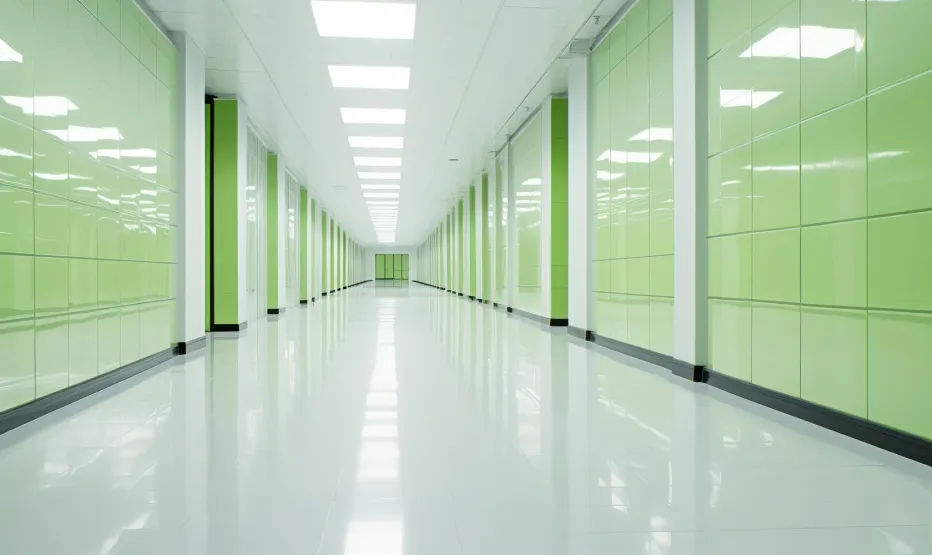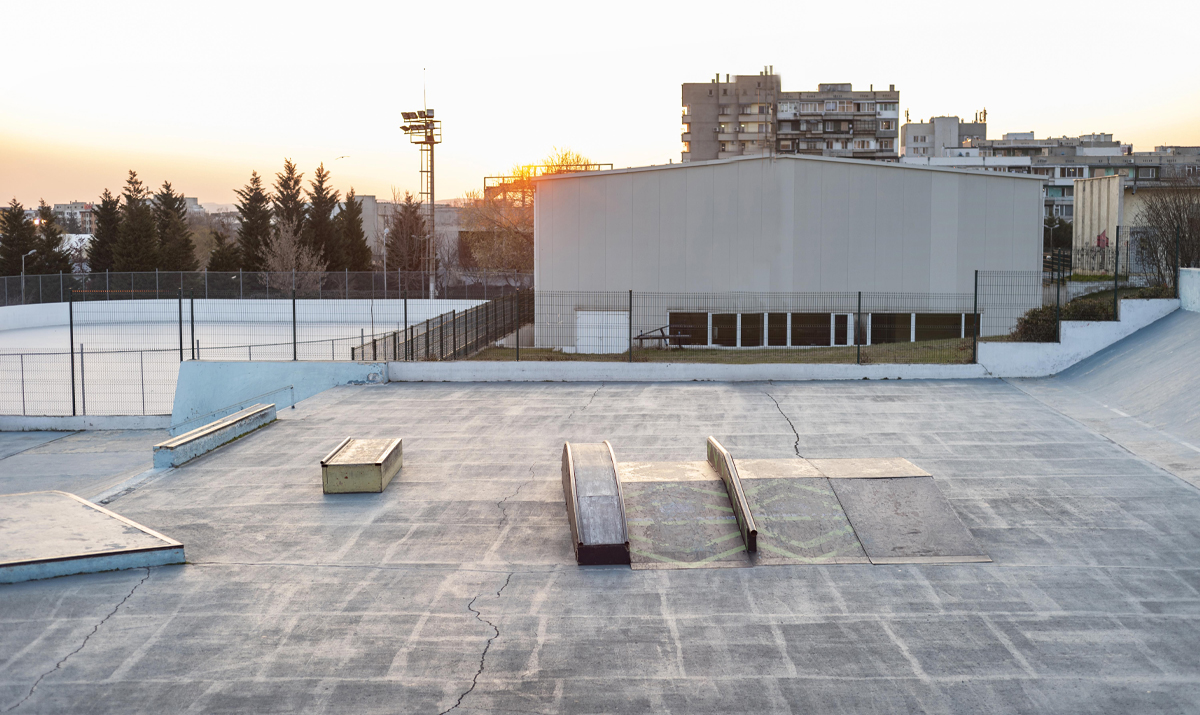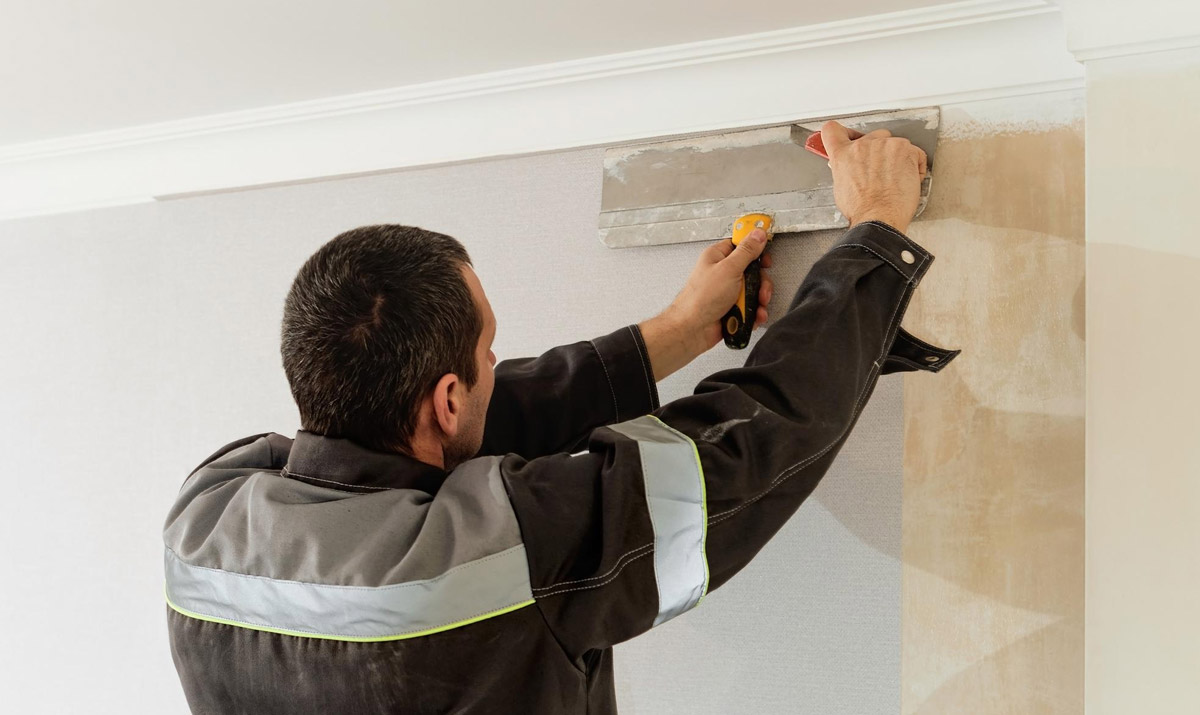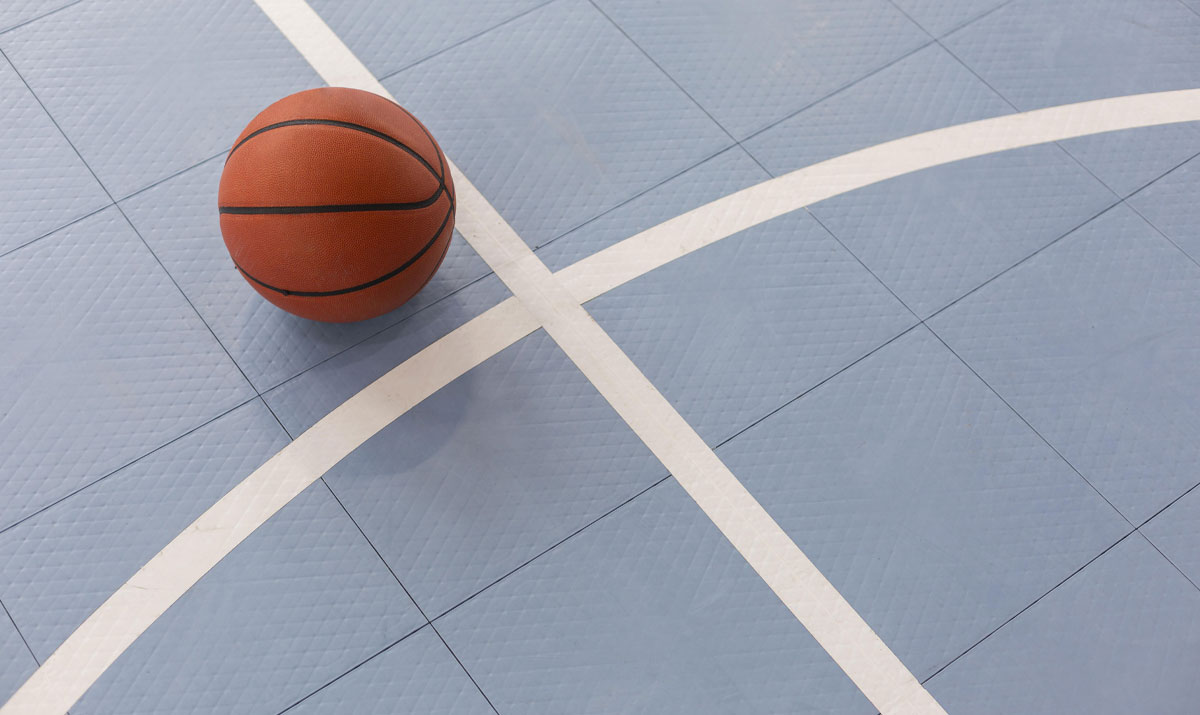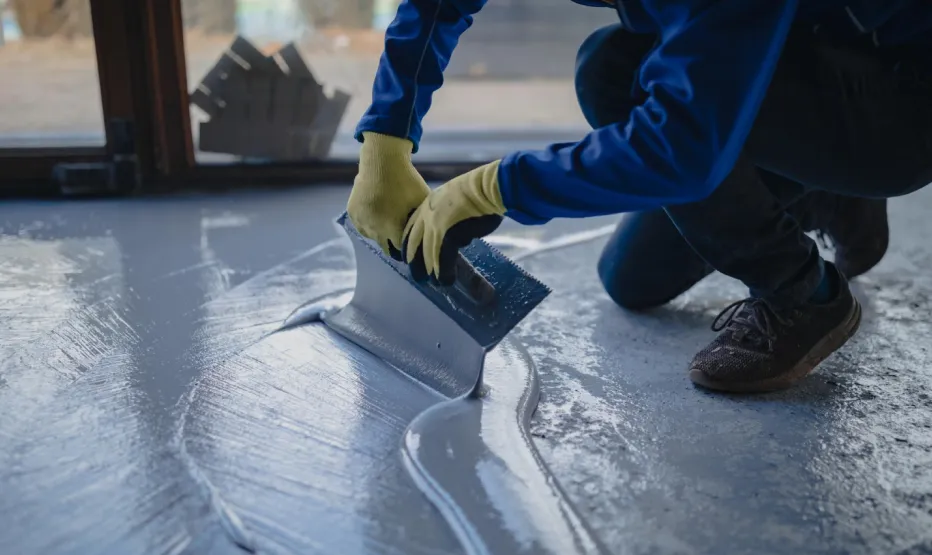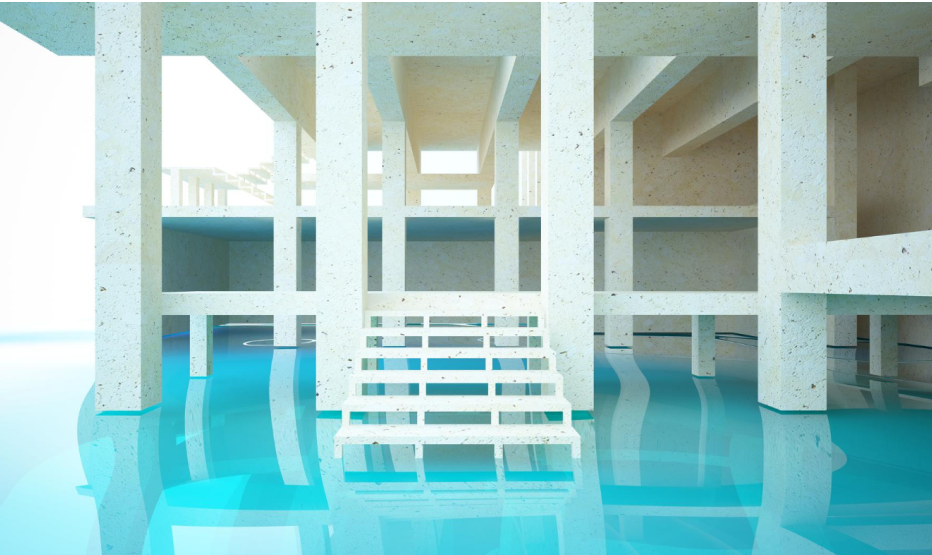The Lifecycle of an Epoxy Floor: From Installation to Maintenance — What to Expect
Which crucial processes are involved in an epoxy floor’s entire lifecycle from installation to ongoing maintenance?
Style and durability are frequently the top considerations when it comes to flooring. Epoxy flooring stands out among the many options available today due to its durability, strength and smooth finish. But in order to fully appreciate an epoxy floor it is worth it to examine its whole lifecycle rather than just its glossy exterior.
Table Of Contents
- Surface Preparation: Pre-Installation
- Applying of Epoxy Coating
- Extra Care in First Two Weeks
- Recoating and Renovation
- Tips to Maintain the Lifetime of Epoxy Flooring
- FAQ
Surface Preparation: Pre-Installation
The surface must be properly prepared before installation in order for your epoxy floor to function at its peak and last for a long time. The epoxy coating may not adhere correctly and may peel in the future due to even minor surface blemishes dust oil and grease.
Cleaning:
- Completely clean the concrete floor.
- Dust grease oil and old paint should all be removed.
- The epoxy bond will be strengthened with a thorough and rapid cleaning.
Fixing:
- Patch up any surface irregularities, tiny chips and cracks.
- It is occasionally possible to stop the skin from peeling entirely by using special filler compounds.
- Ignoring this step will result in improper adhesion of the epoxy coating causing bubbles and chips to form.
Both Shot Blasting and Grinding:
Allow the surface to be slightly roughened before applying the epoxy layer. By doing this you can guarantee that the epoxy will adhere mechanically and stop the layers from peeling too soon.
Inspection and Drying:
The surface must be completely dry because moisture will reduce the adhesion of epoxy.
Examine the surface carefully to make sure there are no dust particles, cracks or uneven areas.
Applying Of Epoxy Coating
The application of epoxy coating commences following the completion of surface preparation. This is the crucial step that gives the epoxy floor its durability and strength.
Primer Application:
The purpose of the primer is to strengthen the epoxy’s surface adhesion.
The primer guarantees that the base coat adheres to the floor and forms a continuous base layer.
Use of Base Coat:
The epoxy’s structural strength comes from the base coat. It guarantees the required durability, thickness and color.
The decorative components:
- The floor can be made more visually appealing by adding chips, quartz flakes and metallic effects.
- Both the grip and texture are enhanced as is the appearance.
Sealant/Topcoat:
- To shield the epoxy floor from UV rays, chemical spills and abrasion a topcoat is applied.
- Additionally it keeps the floor smooth, shiny and long-lasting.
Curing:
- It takes 24 to 72 hours for epoxy floors to cure.
- Heavy machinery and foot traffic should be avoided at this time.
Extra Care In First Two Weeks:
Following the installation of an epoxy floor the initial weeks are crucial. At this point the coating has time to solidify and give the floor a solid grip.
- Heavy furniture and equipment should not be placed on the floor during the first few days.
- As a result there is less chance that the epoxy layer will stick.
- Eliminate any last bits of dust and grime.
- A soft broom or microfiber mop should be used.
- To keep dirt and grime out of the foyer, place floor mats there.
- Spills should be cleaned up right away to protect the surface.
- For the first few weeks stay away from harsh cleaners.
- Watch for early cracks and adhesion issues.
Recoating And Renovation:
In order to keep an epoxy floor strong and attractive for many years, renovation and recoating are necessary. Chemical stains, small scratches and a loss of shine are all common over time. It is advised to recoat frequently to get rid of these issues.
Examination:
- Check for heavy wear, dull peelings and cracks in the floor.
Surface Preparation:
- To make the old top layer a bit rougher sand or grind it.
- Eliminate all dirt, oil , grease and dust.
Recoating:
- Applying a fresh epoxy coating or protective topcoat will increase durability.
- As a result the floor gains strength and luster again.
Renovation:
- If there are significant cracks, delamination or damage a full renovation is necessary.
- It is possible to remove the old coating and install a new epoxy flooring system.
After-Care:
- Following renovation or recreating a curing period needs to be observed.
- The new coating can last longer with routine maintenance.
Tips To Maintain The Lifetime Of Epoxy Flooring
- Every day I clear away the debris, sand and dust.
- Apply a vacuum, a microfiber mop or a soft broom.
- The epoxy layer can be harmed by harsh chemicals.
- Soft soap-based or pH-neutral cleaners are recommended.
- Spills of chemicals, water and oil should be cleaned up right away.
- This will lessen the likelihood of slick surfaces and stains.
- For heavy furniture and wheeled equipment use rubber wheels or protective pads.
- Take care to avoid using sharp objects to scratch the floor.
- When the epoxy shine has faded after a few years, reapply or refresh the topcoat.
- The surface’s durability and appearance are restored as a result.
FAQ
Epoxy flooring has a lifespan of over ten to fifteen years when installed and maintained properly.
Make use of pH-neutral soft soap solutions or gentle cleaners. Steer clear of intense chemical cleaners.
Epoxy flooring is impervious to spills of chemicals, water and oil. However, spills should be cleaned up right away.
